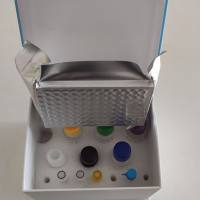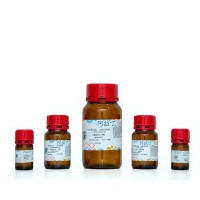Assessing the Reductive Capacity of Cells by Measuring the Recycling of Ascorbic and Lipoic Acids
互联网
互联网
相关产品推荐

Human Ribosome-recycling factor,mitochondrial,MRRF ELISA KIT
¥2890

Recombinant-Mouse-G-protein-coupled-bile-acid-receptor-1Gpbar1G-protein coupled bile acid receptor 1 Alternative name(s): Membrane-type receptor for bile acids; M-BAR
¥11704

SLC23A2/SLC23A2蛋白Recombinant Human Solute carrier family 23 member 2 (SLC23A2)重组蛋白(Na(+)/L-ascorbic acid transporter 2)(Nucleobase transporter-like 1 protein)(Sodium-dependent vitamin C transporter 2)(hSVCT2)(Yolk sac permease-like molecule 2)蛋白
¥9720

GCSH/GCSH蛋白/(Lipoic acid-containing protein)蛋白/Recombinant Chicken Glycine cleavage system H protein, mitochondrial (GCSH)重组蛋白
¥69

OFET微型探针,Measuring Adaptor for Back-Gated OFET Interdigitated Substrates,阿拉丁
¥21440.90
相关问答

